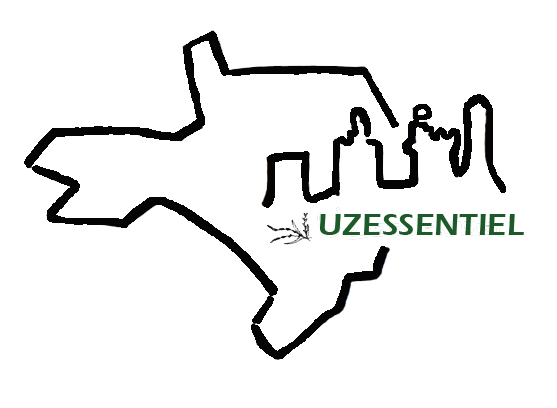Abîme de Bramabiau, in the heart of Cévennes National Park
FR - Located 77 kms from Anduze and 90 kms from Alès, the abîme de Bramabiau is a fascinating place, in the heart of the Cévennes National Park.
Not far from the famous gorges du Tarn, Mont Aigoual and its observatory, and just a few kilometres from the Causses, the abîme bears an Occitan name meaning ‘roaring bull’.

Open to the public since 1925
The place, which has been open to the public since 1925, opens out into the bowels of the earth through a narrow cleft that can already be seen from the heights of the road leading to the site. In the middle of the lush green gorge, you will find out a fantastic secret world.
To reach it, you will have to walk down a wooded path for a kilometre or so, under the heavy foliage of the damp vegetation, where meagre streams trickle here and there as if oozing from the waterlogged subsoil.
Only then do visitors reach the edge of the abîme, crossing a small bridge over the rushing Bonheur River before losing themselves in the surrounding fields.

The father of French and international speleology
It was Edouard-Alfred Martel, the father of French and international speleology, who first explored the abîme in September 1884, trying to retrace the river's course. With the rudimentary equipment of the time, he followed the river for some distance.
Two years later, he set off on another adventure and decided to attempt to cross the abyss from its other entrance. He travelled the 1.3 km length of the abyss, ending up at the current entrance.
|
Edouard-Alfred Martel, from the Paris region, is regarded as the father of speleology. He is credited with the discovery of many other caves, including Dargilan and Aven Armand, an exceptional haven with a veritable forest of stalagmites, in Lozère.
|

Geological and palaeontological treasures
In addition to the undeniable geological treasures preserved here, the abîme also offers the chance to get up close to some dinosaur tracks, as if printed in the rock. All you have to do is look up. A surprising position you would think? Not at all. In this case, we're talking about counter-imprints. Discovered in 1983 during the topography of the site - known as the Félix-Mazauric network - the footprints appear to have been taken in negative in the stone.
Towards the end of the visit, the guide advises us to look up to admire this vibrant evidence, over 200 million years old, of the presence of the animals that once roamed the riverbed. A study has examine them more closely and has discovered some others dinosaur tracks.
Did you know? Depending on the time of year you visit the abîme, the flow of the river is greater or... lesser. Autumn is one of the best seasons to visit the place, according to our guide.
The right address: Abîme de Bramabiau, Route de Meyrueis, 30750 Saint-Sauveur-Camprieu. Visits in April, May, June and September at 10.30 am, 12 noon, 1.30 pm, 2.30 pm, 3.30 pm and 4.30 pm. In July and August, open from 10 am to 6 pm. In October and November, open from 10 am to 4 pm.





